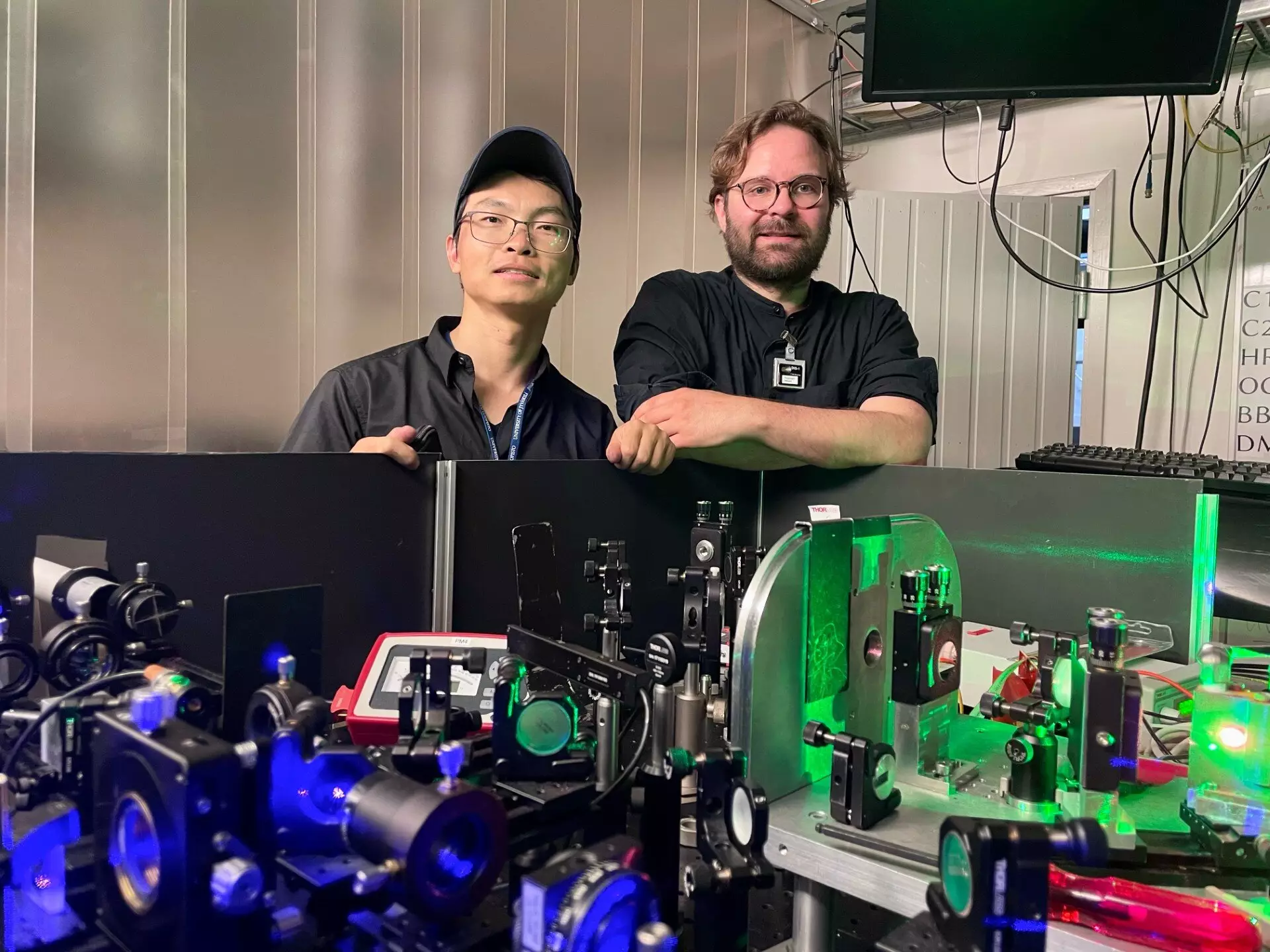The field of nuclear physics has long been fascinated with the concept of “magic numbers,” which refer to specific numbers of protons or neutrons in a nucleus that result in particularly stable configurations. One such magic number, the neutron number 50, has captured the attention of researchers due to its significant implications for our understanding of nuclear structure and forces. A recent study conducted by researchers at the University of Jyvaskyla in Finland sheds new light on this phenomenon, particularly in the context of silver isotopes, highlighting advancements in experimental techniques and refining theoretical models.
The silver isotope chain provides a unique laboratory for exploring the intricacies of nuclear forces, particularly around the neutron shell closure at N=50. The research focuses primarily on the area just below the doubly magic tin-100 (100Sn) nucleus, which is known for exhibiting fascinating nuclear structure phenomena. The energies required to bind these exotic nuclei together, along with how these energies evolve, serve as critical indicators of shell closure stability. Thus, understanding these energies is paramount for furthering the basic principles of nuclear stability and interactions.
The role of binding energies extends beyond mere characterization; they serve as vital indicators for deciphering interactions between protons and neutrons, the behavior of long-lived isomers, and the thermodynamic properties of nuclear matter near the proton drip line. Researchers stress the importance of accurate nuclear data, deeming them essential benchmarks for refining theoretical predictions in nuclear physics.
The researchers employed cutting-edge experimental methodologies to garner new insights into the magicity associated with the silver isotopes. Utilizing a hot-cavity catcher laser ion source in tandem with a Penning trap mass spectrometer, they implemented the advanced phase-imaging ion-cyclotron resonance (PI-ICR) technique. This state-of-the-art method enabled a high-resolution investigation of the mass and binding properties of exotic isotopes, including silver-95 to silver-97, as well as the isomeric state of silver-96.
What stands out in this research is the researchers’ ability to conduct mass measurements with extraordinary precision, even when yields were as low as one event every ten minutes. This high sensitivity allowed for a new quantification of the robust nature of the N=50 shell closure in the silver isotopic series. Such capabilities demonstrate the potential of novel experimental conditions to reveal the delicate details of nuclear structures that were previously obscured.
The validation of binding energies and other nuclear properties within this study has broader implications beyond academic curiosity. For instance, precise measurements of excitation energies can significantly influence our understanding of astrophysical processes, particularly rapid proton capture mechanisms that occur in stellar environments. By treating the ground state and isomer of silver-96 as separate entities, researchers can enhance modeling accuracy in astrophysical scenarios, potentially offering new insights into elements’ formation in stars.
Moreover, the data obtained from this research offers invaluable feedback to theoretical models, including ab initio computations and density functional theory approaches. As theoretical frameworks often encounter challenges when accounting for observed nuclear ground-state properties, this study enriches the existing knowledge base, assisting in the refinement of theoretical assumptions about nuclear forces.
The findings published in Physical Review Letters mark a significant step forward, but they are also just the beginning of an ongoing exploration into nuclear physics. The advancements achieved through this research can pave the way for further studies, particularly those aimed at investigating ground-state properties along the N=Z line situated near tin-100. The enhanced experimental techniques and methodologies promise to unlock further complexities of nuclear interactions, positioning researchers to make significant strides in this complex domain.
The fruitful investigation into the magic neutron number of silver isotopes not only attests to remarkable advancements within the field of experimental nuclear physics but also serves as a constructive catalyst for refining theoretical frameworks. The interplay between experimental insights and theoretical models is critical for unraveling the mysteries of nuclear forces and enhancing our comprehensive understanding of atomic nuclei. The future of nuclear physics holds much promise, and studies like this are paving the path toward groundbreaking discoveries.


Leave a Reply